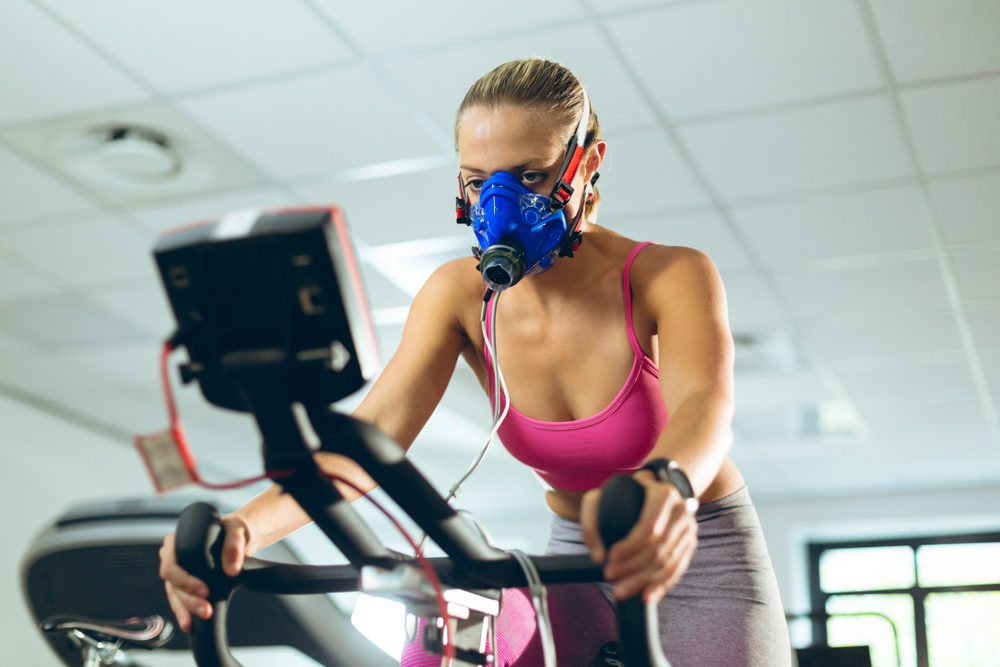Behind the Numbers: How a VO₂ Max Machine Measures Your True Fitness Level

In a world obsessed with step counts, calorie trackers, and heart rate monitors, one metric stands out for its ability to provide a true picture of cardiovascular fitness: VO₂ max. It’s considered the gold standard for measuring aerobic endurance and athletic potential. But what exactly is VO₂ max, and how does a machine determine this number?If you’ve ever been curious about your fitness level beyond what your smartwatch can tell you, understanding how a VO₂ max machine works—and why it matters—can be a game changer for your health, training, and long-term performance goals.Let’s take a deep dive behind the numbers and explore how this high-tech tool measures what your body is really capable of.
What Is VO₂ Max?
VO₂ max stands for « maximal oxygen uptake »—the maximum amount of oxygen your body can utilize during intense exercise. The higher your VO₂ max, the more oxygen your muscles can use, which typically means better endurance and cardiovascular fitness.It’s a key performance indicator for endurance athletes like runners, cyclists, and swimmers, but it’s also increasingly being used by everyday fitness enthusiasts who want a more accurate understanding of their health and potential.Think of VO₂ max as your body’s engine capacity. The bigger and more efficient the engine, the further and faster you can go before fatigue sets in.
Why VO₂ Max Matters
Unlike simple metrics like weight or BMI, VO₂ max provides a physiological snapshot of your fitness. It reflects the efficiency of your heart, lungs, and muscles working together under stress. Here’s why that matters: A higher VO₂ max is associated with better cardiovascular health and lower risk of chronic disease.VO₂ max is used to predict endurance potential and tailor performance training. Some studies link higher VO₂ max levels to a longer life and reduced mortality risk.Tracking changes in VO₂ max can help gauge the effectiveness of your training program over time.
How a VO₂ Max Machine Works
The VO₂ max test is typically done in a controlled lab or clinic environment using a VO₂ analyzer—a machine that measures gas exchange (oxygen in and carbon dioxide out) during exercise.You’ll wear a special mask connected to the VO₂ machine. This mask captures your breath so the machine can analyze how much oxygen you inhale and how much carbon dioxide you exhale in real time. You’ll also wear a heart rate monitor for additional data.The test is done on a treadmill or stationary bike, and the intensity gradually increases. Every few minutes, the resistance or speed ramps up to push your body closer to its physical limit.As you work harder, the machine measures how much oxygen your body is taking in and how much carbon dioxide you’re releasing. This data tells us how efficiently your muscles are using oxygen—your VO₂ max.
You Hit Max Effort
The test continues until you can’t go any further—your legs are burning, your breathing is heavy, and your heart is pounding. This point is where your true VO₂ max is recorded.Once the test is complete, the machine calculates your VO₂ max score, usually expressed in milliliters of oxygen per kilogram of body weight per minute (ml/kg/min). This number is then compared against age and gender norms.
Conclusion
Your VO₂ max isn’t just a number—it’s a detailed reflection of your cardiorespiratory fitness and an essential tool for making smarter, more effective decisions about your health. Thanks to VO₂ max machines, you can now access this elite-level insight without needing to be an elite athlete.Whether you’re chasing a new personal best, trying to lose weight more efficiently, or simply curious about your body’s potential, knowing your VO₂ max can help guide you toward a stronger, healthier future.So next time you hear someone talk about “fitness levels,” you’ll know there’s a powerful machine—and a science-backed number—working behind the scenes.
